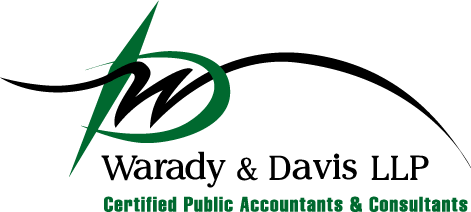Whether or not your nonprofit uses an independent auditor, you can employ moves from an auditor’s playbook to get a better view of your organization’s revenue picture. Techniques such as pinpointing year-to-year trends and benchmarking to other nonprofits can be useful in planning your short- and long-term future.
Look at donor trends
To some degree, most nonprofits rely on contributions from supporters to balance their budgets. Compare the dollars raised to past years and see if you can pinpoint any trends. For example, have individual contributions reached a plateau in recent years? What fundraising campaigns have you launched during that period?
Go beyond the totals and determine, for instance, if the number of major donors — say, those who give $1,000 or more a year — has been rising. You get more bang for your fundraising buck when you’re able to add major donors to your roster of supporters.
Also estimate what portion of contributions is restricted by donors as to how or when the money can be used. If your organization has a large percentage of donations tied up in restricted funds, you might want to re-evaluate your gift acceptance policy. In fact, make sure you have a gift acceptance policy especially for non-standard gifts. You also might want to review your fundraising materials to make sure you’re pursuing contributions that give your organization the most flexibility.
Size up grant funding
Grants include funding from corporate, foundation and government sources. They can vary dramatically in size and purpose, from grants that cover operational costs, to monies for launching a program, to payment for providing services to clients. For example, a state agency may pay you $500 for each low-income, unemployed individual who receives your job training.
Pay attention to trends here, too. For instance, did a particular funder supply 50% of total revenue in 2014, 75% in 2015, and 80% last year? A growing reliance on a single funding source — an example of a “concentration” that will increase your risk — is a red flag to auditors and it should be to you, too. In this case, if funding stopped, your organization might be forced to find a new funding source, curtail a program or even close its doors.
Consider service fees, membership dues
Fees from clients or other third parties can be similar to fees for-profit organizations earn. Fees are generally viewed as exchange transactions, because the client receives something of value in exchange for its payment. Some not-for-profits charge fees on a sliding scale based on income or ability to pay. In other cases, fees (such as rent paid by low-income individuals) are subject to legal limitations set by government funding agencies.
On an ongoing basis, your nonprofit will need to assess if providing certain services pays for itself. For instance, fees set four years ago for a medical procedure may no longer be sufficient to cover costs. A decision to raise fees or discontinue the services will probably need to be made.
If your nonprofit is a membership organization, you likely charge membership dues. Has membership grown or declined in recent years, and how do your dues compare with similar groups?
Make informed predictions about the future of membership dues, especially if you rely on them substantially for revenue. If you suspect that dues income will continue to decline, your organization might consider dropping dues altogether and restructuring. If so, examine other income sources for growth potential.
Apply the knowledge
Once you’ve gained a deeper understanding of your revenue picture, apply that knowledge to various aspects of managing your organization. This will likely involve educating your management team and setting or revising goals.
Legal Notice: The materials communicated in this transmission are for informational purposes only and not for the purpose of providing accounting, legal or investment advice. You should contact your accountant or advisor to obtain advice with respect to any particular issue or problem. Use of and access to this Web site or any of the e-mail links contained within the site do not create an accountant-client relationship between Warady & Davis and the user or browser. You should not act upon any such information without first seeking qualified professional counsel on your specific matter. Any accounting, business or tax advice contained in this communication is not a substitute for a formal opinion, nor is it sufficient to avoid tax-related penalties. If desired, Warady & Davis would be pleased to perform the requisite research and provide you with a detailed written analysis. Such an engagement may be the subject of a separate engagement letter that would define the scope and limits of the desired consultation services. ©2021
